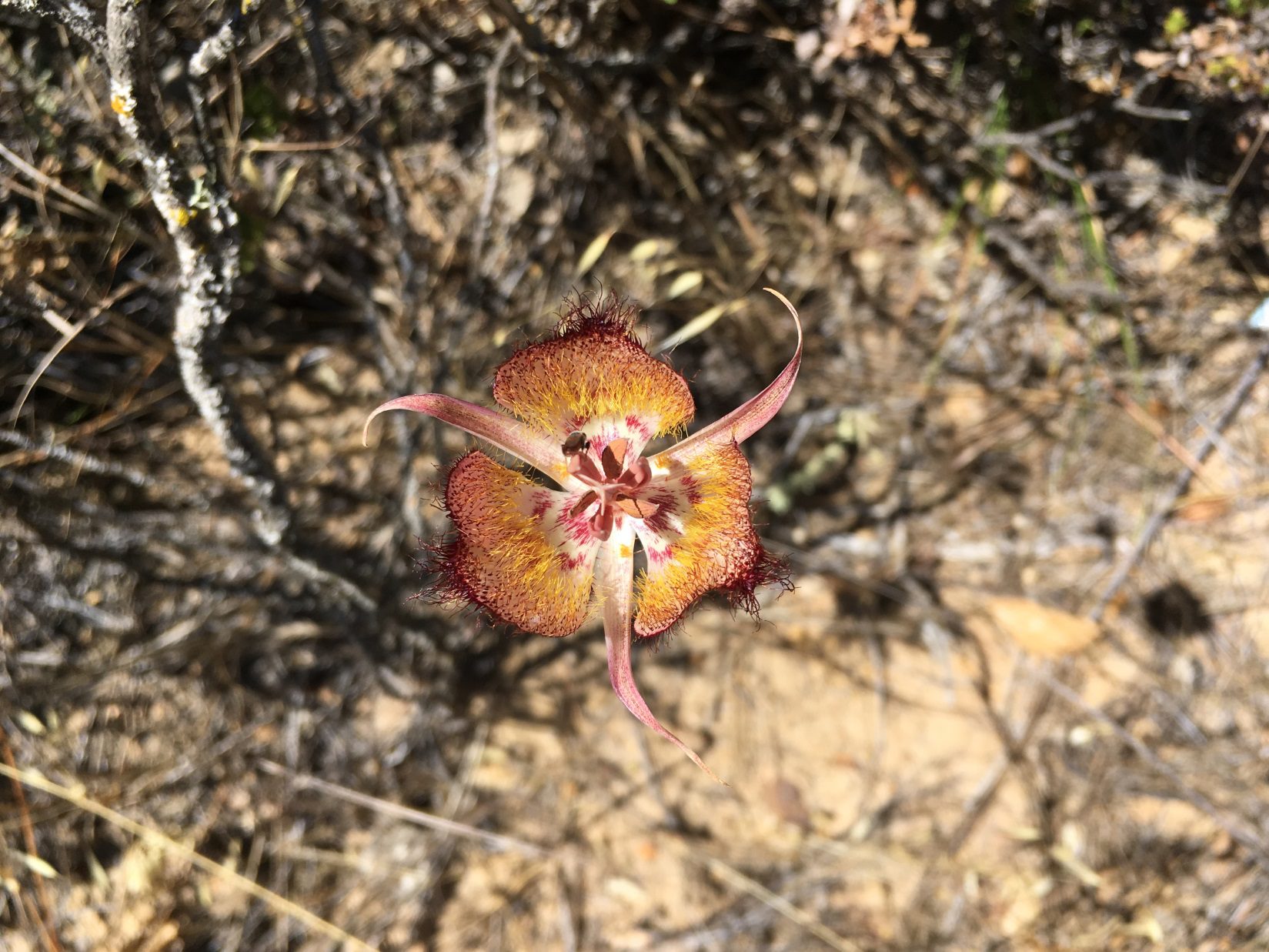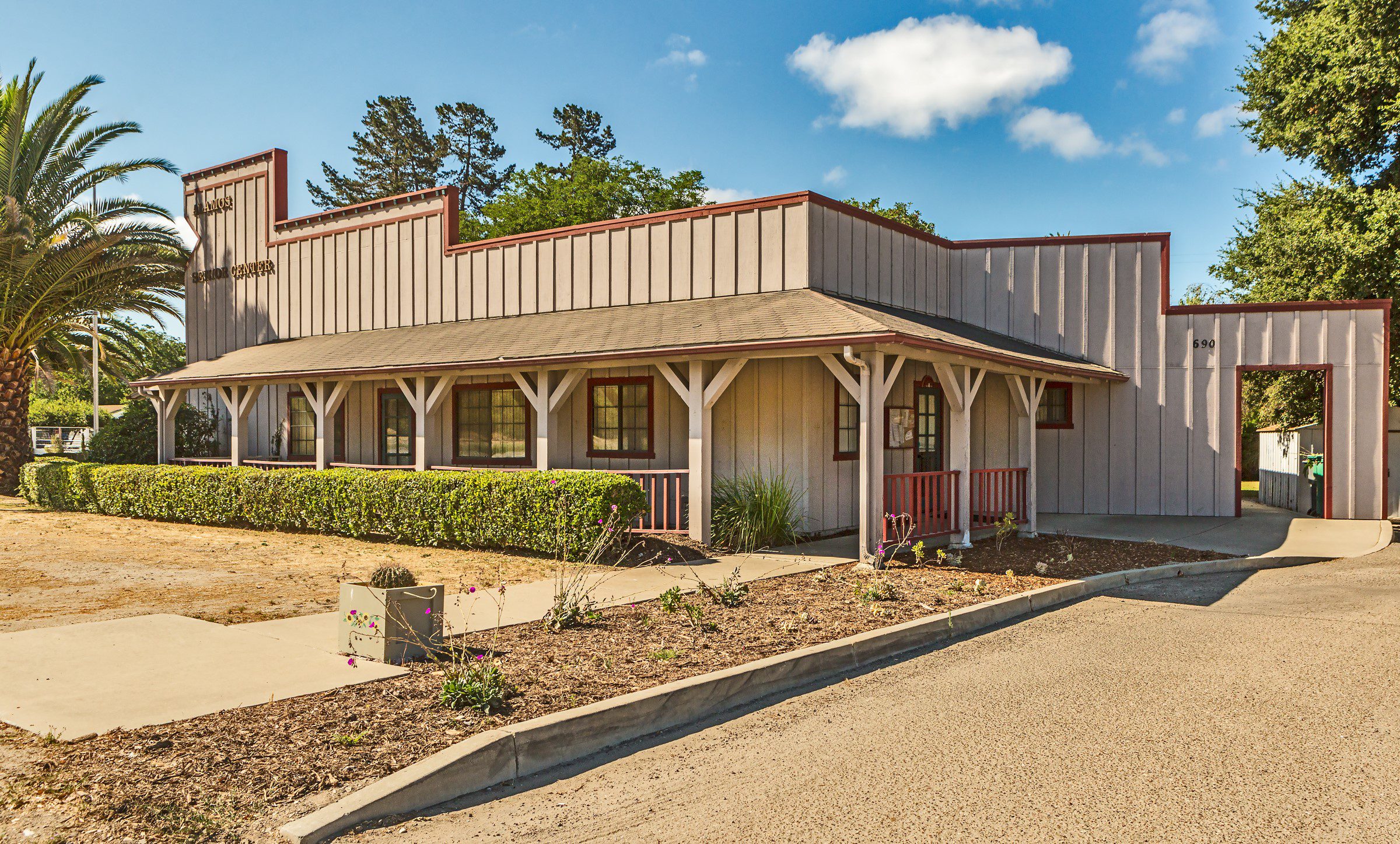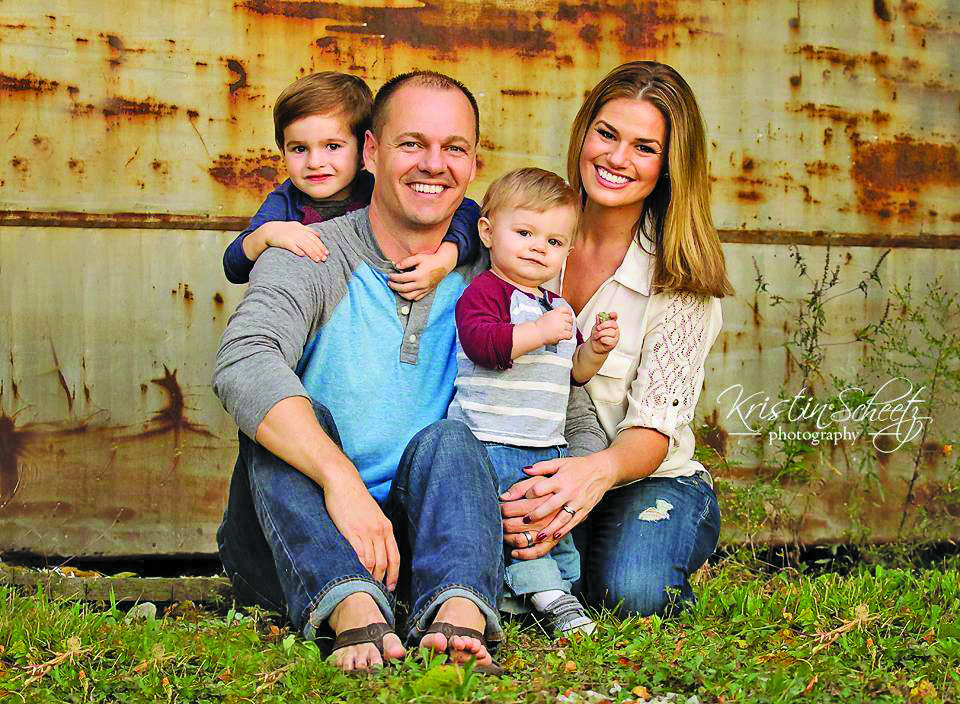By Hans Duus
Kris Kilbo was, and is still in the memory of Valley old-timers, a legend. This is my recollection of the man.
Kris was born a Jensen but somewhere along the way he picked up the surname Kilbo. There are stories about where it came from, but as anyone who knew Kris realizes, he always had a good yarn to spin. Yes, I have heard the Tombstone story. Do I believe it is the gospel truth? Knowing Kris as I did, while it seems plausible, I always must have a slight bit of doubt since it could be just another good story.
My dad, N. Peter Duus, first met Kris in the gold fields of Nevada in the mid 1930s. They were working claims outside of Battle Mountain, Copper Canyon, I believe, and later in Carlin.
Kris was a big kid, full of energy, ideas and fun. According to Dad he was a “likeable cuss,” but it was a full-time job keeping him out of trouble.
Dad was the camp doctor, since he had spent a year in medical school before the Depression and polio forced him out of school and into work. Seems that Kris had cut his leg badly enough to need a few stitches, and he was brought to the cabin where Dad had needle and thread.
There were several other men helping tend to Kris. Dad called for a bottle of whiskey, took a long pull, put the cork back in and got ready for the procedure. Kris asked, “Aren’t you going to use the whiskey as a disinfectant?” Dad replied, “No, that would be a waste of good whiskey. I just wanted to steady my hand so you will have a nice-looking scar. Now sit still and don’t wiggle while I sew.” He handed Kris a stick to chomp down on.
After the gold fields, Kris went to work in the shipyards at Long Beach during the war. This is where he became very proficient in welding, blacksmithing and machine work. At the end of the war Kris came to Solvang, most likely with a few stops in between.
He worked for Aage Block, the blacksmith in Solvang. Aage’s shop was on the southeast corner of Atterdag and Mission Drive or Highway 150 (now known as Highway 246), across Atterdag from the medical clinic and Dania building, just west of C.V. Nielsen’s Lumber Yard and north of the creamery and laundry. If you can’t figure out where this was, you probably haven’t been around long enough to care anyway.
A few years later he opened his own shop in Buellton on Central Avenue just north of the Lompoc Highway. First he poured the slab, leaving a dirt pit where the forge and anvil would be located. He needed the slab so he could lay out and fabricate all the beams and trusses for his new facility. This building still stands nearly 70 years later, built on the site by Kris. It should be dedicated as an historical landmark of Buellton.
Kris’s blacksmith shop was the “go-to place” for farmers, ranchers, contractors and anyone needing anything made, repaired or otherwise constructed out of metal.
Beam knives were a thriving business keeping the 50-pound Little Giant Trip Hammers, on the line drive, humming during harvest. Gates, railings, fire screens, kiln racks, trusses and beams, hay wagons — you name it, Kris made it. He could make anything.
He could out-engineer most professionals with his genius, knowledge of metals and, most importantly, common sense. He would call blueprints “professional suggestions and plans” and rarely spent too much time studying them. Once after he had received a set of engineering specifications, including detailed welding instructions, he said, “This is about as ludicrous as a hospital administrator telling the surgeon which scalpel to use and where to cut.”
Central Avenue soon became the industrial center of Buellton. It was a hub of activity with steel deliveries from Santa Maria being made several times a week, welding gas deliveries, contractors picking up items he’d fabricated for their jobs, farm equipment in various states of repair taking up space on the street and adjacent yard, and a constant flow of customers and friends.
In June 1968 after my sophomore year in high school, where I had taken ag mechanics classes and had learned to weld, I asked Kris for a summer job so I could continue learning welding and metal working and avoid another summer cleaning tables or washing dishes in a Solvang restaurant.
Kris told me to talk to Walter Kristensen first, because I could learn a lot more from him, but if he didn’t want me I could come back and work for Kris. I asked Walter, was hired and started my career in lighting fabrication. I stayed with Walt and Old World Metal Craft for more than 14 years until I ventured off on my own.
I frequently visited Kris to buy materials or gasses, borrow or use equipment, ask questions and get advice (which was always dispensed liberally, even if I didn’t ask).
I watched sales people be summarily dismissed with a look of disbelief as they tucked tail and slunk out the door. I heard blow by blow of the trials and tribulations of the Fire Department inspection that eventually involved a Santa Barbara County supervisor.
Kris had a bucket of oil next to his forge, which he used to harden tool steel. During an inspection, the fire inspector asked if the oil ever caught fire. Kris said yes. The inspector then asked where his fire extinguisher was. Kris picked up a metal disk a bit larger than the bucket and deftly slid it over the bucket and explained, “If you take the oxygen away from a fire, it goes out. This is very basic knowledge of fire. Are you not taught that at your academy?”
Eventually the fire inspector gave up and left, after Kris promised to tidy up a bit. Kris’ parting comment to the inspector as he headed to the door was, “Just remember, iron does not burn easily and that is what is in this building.”
One evening Kris and his wife Olga were visiting my aunt and uncle, Elna and Carl Larsen. The conversation was lively and the hour was getting late. Olga told Kris, “It’s getting late. I think we should be going so these folks can go to bed.”
Kris replied, “I have been trying to leave for the past hour, but they won’t quit listening!”
After Buellton was incorporated as a city, there was a push to clean up the “downtown” area, and the blacksmith shop came under fire again. There was a lot of scrap metal — or in Kris’ eye, good, usable (someday) material. There was even wrought iron from the old Alisal Red Bridge that had been salvaged decades before.
The city declared the shop and yard a public nuisance and stated so by letter. By now Kris was an old man. He had battled cancer and heart conditions. He was getting tired. He still opened the shop in the morning but spent most days sitting in his chair visiting with the constant stream of friends who stopped by.
This declaration by the city hurt him. He felt he had always been a contributor to the betterment of the city, its residents, the Santa Ynez Valley and beyond, through the work he did, the money he had generated and pumped into the local economy and the direct benefit of sales tax, a portion of which went straight into city coffers. But no, in the city’s eyes he was a nuisance.
In 2004 Kris called me and declared that he wanted me to have his anvil, but that he was not done with it yet. I told him that was fine. I would happily have it when he no longer needed it, which I hoped was still years away.
I would visit Kris at his home during his last year. I relished his stories, his quips, his unique sense of humor. He always wanted to know about the work I was doing, often in minute detail. He would sketch and dispense advice. At the end of each visit he would always say he was not ready yet.
In October 2005, Kris called and said, “It’s time. Come get the anvil.”
“Are you sure?” I asked. He said yes, and asked if I remembered the combination to the lock on the shop door. “Deck of cards” was my response. “Ill come by tomorrow.” He said that would be just fine.
The next morning I went to see Kris first to let him know I was picking up the anvil and he told me again that it was time. I went to the shop, opened the door and was taken aback by the quiet, the lack of activity. This place was familiar, but the soul was missing.
Kris passed away less than a month later, but his legend lives on. His anvil is now in my shop. His spirit is with it, cluttering the shop at night, I believe.
A word or phrase between those of us who knew him brings out the stories and times we relished. The Blacksmith of Buellton lives on in us, and we are grateful for having known him.





